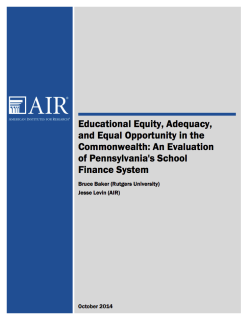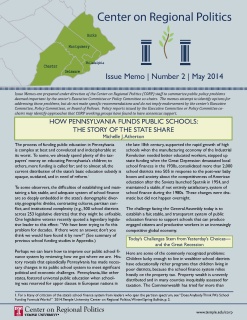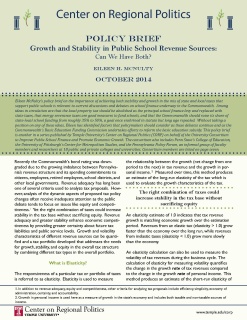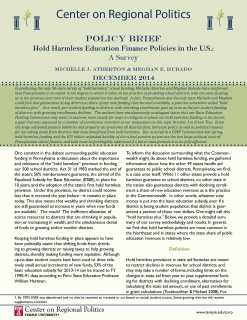Funding, Formulas, and Fairness: What Pennsylvania Can learn From Other States' Education Funding Formulas
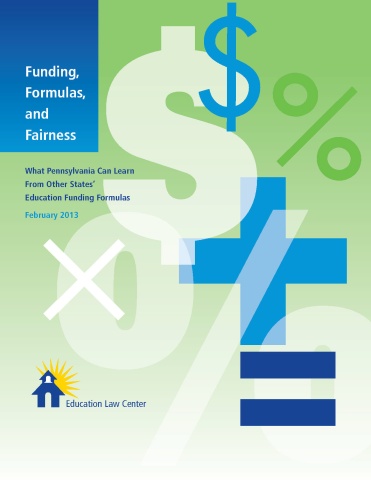
For nearly 40 years, the Education Law Center has advocated for fair and equitable public education funding.
Our guiding principles have never changed: All students deserve an equal opportunity to learn and achieve success in school and beyond; and some students, especially students with disabilities, students learning English, and students in poverty, require additional resources to have these same opportunities.
Education funding practices that ignore these principles not only do long-term harm to students, schools, and communities, but run directly counter to the language of the Pennsylvania Constitution, which requires that all children in Pennsylvania have access to a “thorough and efficient” public education.
We are deeply troubled by massive cuts to state education funding in Pennsylvania — nearly $1 billion since 2011 — and the damage the cuts inflict on our students and communities. Important programs, from early childhood education to tutoring for struggling students, have been eliminated, and the fundamental principles of fairness and equity have been ignored.
Equally troubling are statements from Pennsylvania’s education officials indicating that money doesn’t matter when it comes to educating our children.
Money does matter. Extensive research shows that investments in public education create huge long-term social and economic benefits.
How these public education investments are made also matters. As citizens, we want our public dollars invested accurately, fairly, and transparently.
The question this report set out to answer was: How do states throughout the country invest this precious resource — public education dollars — accurately, fairly, and transparently?
Our research shows most states use data-driven, cost-based education funding formulas to meet these goals. Most of these formulas use accurate student data, account for differences among school districts, direct funding to address those differences, and do so with a goal of ensuring all students have adequate funding to meet state standards.
The research also shows that Pennsylvania has become a national outlier by not taking that approach. The Commonwealth does not currently use an education funding formula, and its leaders cannot guarantee that state education dollars are being distributed accurately, fairly, or transparently.
As debate begins over Pennsylvania’s 2013-14 state budget, legislators, education leaders, media members, and Pennsylvania taxpayers should ask the following questions about the education funding proposals presented by the Governor and the General Assembly:
- How does the education budget proposal meet the “thorough and efficient” funding requirements of the state constitution?
- Does the budget proposal use accurate student data to distribute education dollars?
- Does the proposal fairly distribute dollars to address real costs for educating students with different needs in each school district throughout the state?
- Does the proposal distribute education dollars through a transparent formula that uses publicly available and accessible data?
The answers to these questions will reveal a great deal about Pennsylvania’s commitment to the education of its children and how it invests in that commitment.
